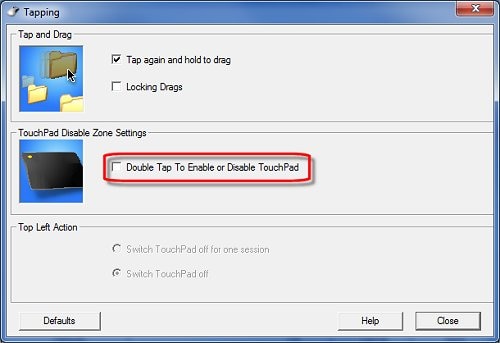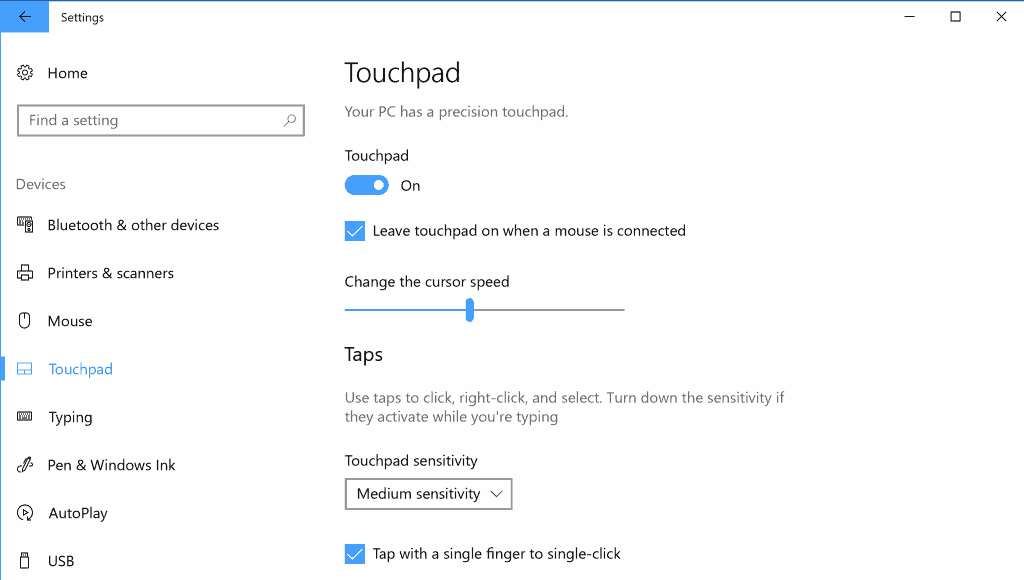

Usually it’s because of a driver problem. Sometimes a USB port can just stop working when you upgrade to a new version of Windows.

If none of the above solutions work for your brand of laptop, try TouchPad Pal – it’s a free Windows utility that will temporarily disable the touchpad of your laptop as you go into typing mode.

Type devmgmt.msc in the Windows Run box to start the device manager, expand “Mice and other Pointing devices”, right-click and disable the driver entry that says Touch pad or likewise. The touch pad can also be disabled through the device manager. If you don’t have that icon, you can go to Control Panel – > Mouse Properties – > Touch Pad to enable or disable the touchpad. New laptop computers either have a physical on/off button to easily disable the touch pad or there’s an icon in the system tray that lets you manage the various settings of the touchpad. In the case of HP laptops, you can hold the top-left corner of the touchpad for few seconds and it will disable the touch pad - repeat this to re-activate it. Some laptops don’t have dedicated buttons but you can use Function keys (like Fn + F5 on Dell computers) to toggle the state of your touch pad. To avoid running into such situations, it may not be a bad to disable the touchpad at least during the time when you are using a mouse or are typing a long document. If you were not looking at your screen when the pointer jumped, you may end up typing at the wrong place. Sometimes your thumbs or palm may accidentally touch the touchpad while you’re typing and this may inadvertently move your mouse cursor to a different location in the document. For instance, if you have attached an external mouse to your laptop, you may not need an alternate input mechanism which is the built-in touchpad.

The touchpad provides full mouse functionality to your laptop but there are instances when you may actually feel more productive without the touchpad.


 0 kommentar(er)
0 kommentar(er)
